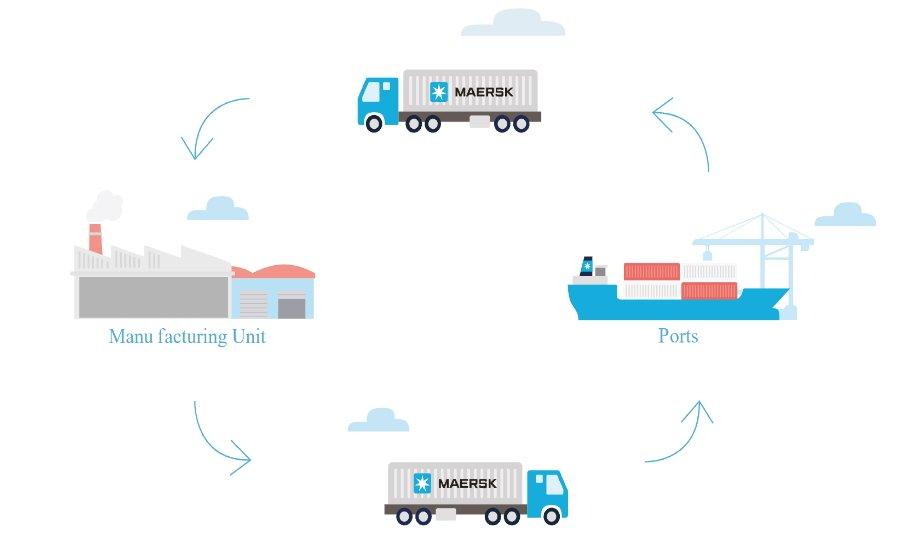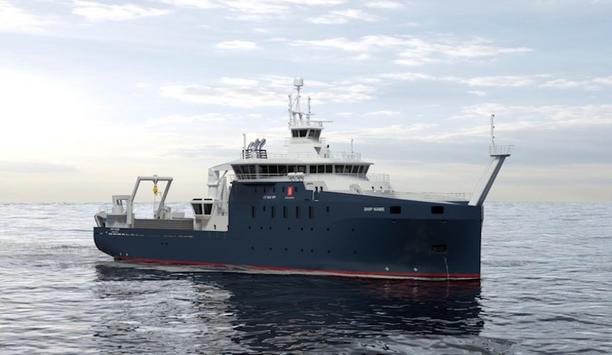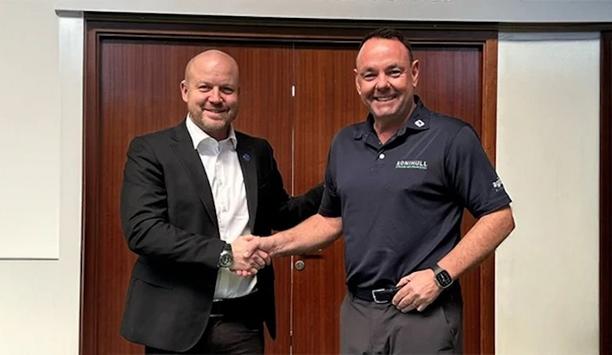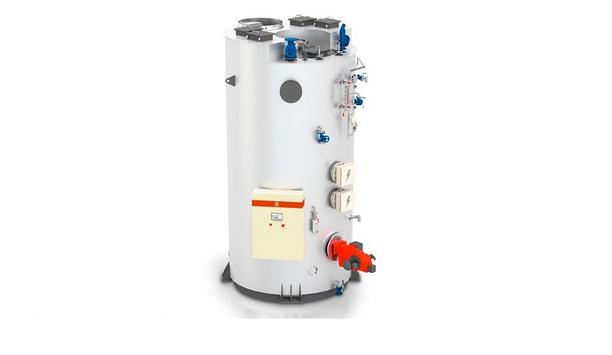The challenge
Moving empty containers back and forth resulted in substantial transportation costs In China, Maersk and Sealand - a Maersk company have been handling their import shipments, whereas the export shipments are managed solely by Maersk.
As the customer focuses heavily on the affordability of their products, they keep a sharp eye on excess operational costs. A case of which had emerged between their DC in Shanghai and the port.
- Imports: Whenever an import shipment arrived at the port, they had to pick the laden container from the terminal, move it to the DC, unload and return it back to the terminal or port.
- Exports: Similarly, in the case of exports, they had to pick empty containers from the port or terminal, move them to DC for loading, and then take them back to the terminal or port.
Moving empty containers back and forth resulted in substantial transportation costs, reduction in usable time slots at the Shanghai DC, and excessive carbon emissions. None of which was acceptable to the customer.
The solution
Maersk made sure that each empty container was reloaded soon after unloading Due to the distance between their factory, DC and port, the customer was losing a lot of time and money in returning and picking up empty containers.
Since Maersk was already handling their imports and exports, the team formulated an empty container triangulation system to eliminate unnecessary vehicle movement.
- How does empty container triangulation work?
Triangulation helps in optimising empty container utilisation. In the case of the customer, Maersk made sure that each empty container was reloaded soon after unloading, with either import or export shipment, depending on the unloading point.
The result
The customer was able to enhance the efficiency of their Shanghai DC and reduce transportation costs by improving container utilisation. In the process, they realised improvements in several other areas too.
- Container re-utilisation increased to 67%
- They were able to move shipments more frequently by reducing unnecessary trips between the DC and the port
- Carbon emissions had reduced by 40%
In the next phase, the solution will be implemented in more locations. The expansion will be helpful for the customer’s suppliers too; especially those from the Yangtze Rive delta – Kunshan, Suzhou, Jiaxing and more.










